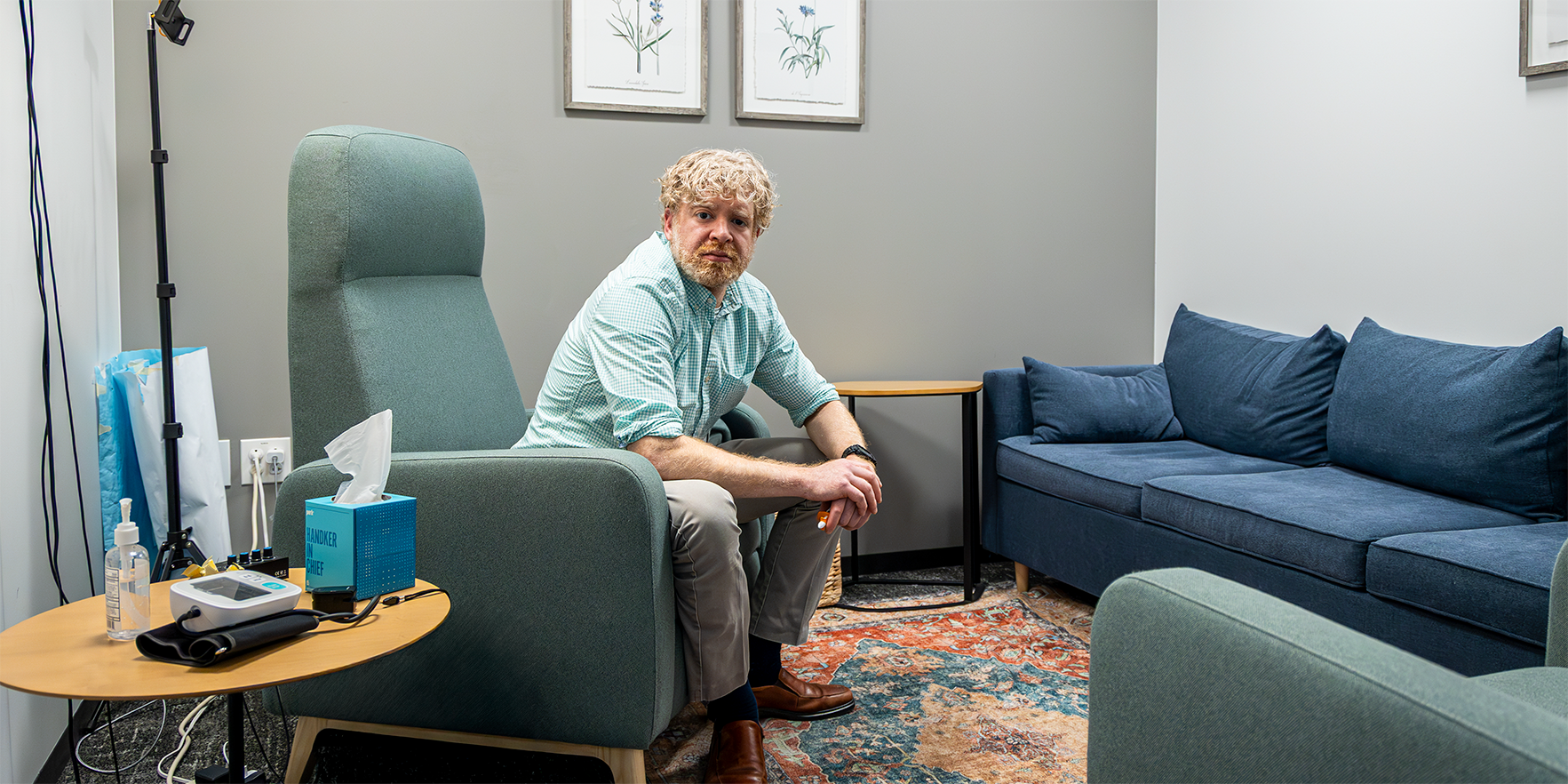Could it be said that a wave of poor oral health outcomes is headed toward older Americans, or are these outcomes already here? And why?
I think it would be fair to say that as more people age, they’re not going to have access to the dental care they have been used to – unless they have the economic means to be able to buy it. That is the crux of the problem. Because if you can’t access care regularly, you’re more likely to have poor oral health over your remaining lifespan.
What is the structural problem within insurance for the elderly? Why do they not have dental coverage as part of Medicare?
Medicare does not provide a dental benefit. So, if you think of Medicare right now, there are the four parts: Medicare A, B, C and D. Part A is basically for inpatient care. Part B is for medical outpatient care. Part C Advantage are plans that are offered by private companies where people can buy dental insurance. But Medicare recipients don’t automatically get a dental benefit as part of Medicare. So that’s a problem.
And that’s why more than half of people over the age of 65 don’t have any dental insurance, which is the largest demographic in the United States with no dental insurance. Our dental insurance structure is generally based on employment status – the primary owner of the policy is employed someplace and their employer provides it.
Is it incumbent upon policymakers to extend dental coverage within Medicare? Is that the main avenue toward solving this problem?
Well, yes. As a country, we really have two pathways here. We can figure out a way to make it work within the existing third-party private insurance structure, or we provide dental coverage through public insurance. So, we’ve got to extend coverage either using private or public entities.
And the best way of doing it through the public entity would be Medicare. That’s because everybody, every single American age 65 and older, gets Medicare. They’re used to it and understand how it works. So, providing a benefit through Medicare makes the most logical sense if we were going to provide dental coverage through a public structure.
In the private sector, it’s going to be a patchwork. You’re going to have multiple insurance companies involved, and then it’s going to come down to financing. How are you going to finance this?
If we don’t make progress, we’re going to have millions more older Americans with poor oral health and poor health outcomes. And it’s going to cost our society through the other side of Medicare – spending more and more money taking care of chronic conditions that may be exacerbated by poor oral health.
What are some of the more common oral health issues for people as they get older?
Older people, just like younger adults and kids, are susceptible to dental caries. So you still have the risk of tooth decay. But older folks also have a greater likelihood of experiencing caries on the root surfaces of their teeth and not the crown part of their teeth. That’s because as we age, we lose a little bit of bone around our teeth and our gums start to recede.
Older adults also have a higher prevalence of periodontal disease. So, you’re going to have bone loss with periodontal disease and you’re going to have more exposed tooth root surface. Tooth root surfaces are not as hard as the enamel “crown” surfaces of teeth making older adults more susceptible to tooth decay in the exposed root parts of their teeth.
Also, oral pharyngeal cancer prevalence is highest in older adults. Pharyngeal cancer typically occurs in the area of the upper part of the soft palette, in the pharynx. And mortality rates for all pharyngeal cancer is higher in older adults. So, if you think of the three big dental diseases – caries, especially root caries, periodontal disease and pharyngeal cancer – the prevalence for all of these is greater for older people.
With any of these oral conditions, there are likely ancillary problems. What are the ancillary conditions that then end up affecting overall health?
Right, and that’s what the study led by Natalia Chalmers, DDS, MHSc, PhD, and Steffany Chamut, DDS, MPH, was about. Because they were looking at people in nursing homes, they saw people with tooth loss, needing dentures and having problems with their dentures or eating, and oral pain. So pain either from existing natural teeth or pain from ill-fitting dentures impacts a person’s ability to eat healthy. And the older we get, the more critical it is for adults to have adequate nutrition.
Inadequate nutrition can not only impact a person from a biological perspective; it also impacts their quality of life because we have so many customs, celebrations and other events that revolve around food. So, if you can’t enjoy food from a cultural perspective, your quality of life is lessened.
What are disparities that have been noticed among ethnic and racial groups when it comes to older adults and dental care?
We do see disparities in older adults by race and ethnicity, specifically with non-Hispanic Blacks. And it depends upon which outcome we’re looking at. The disparities vary depending on if it’s caries, or periodontal disease, or tooth loss, severe tooth loss. Because a really important thing that we think about is how many natural teeth are remaining. We know that if you have about 20 to 21 remaining natural teeth, your quality of life is much better.
When you have less than 20, it’s an important marker for a higher likelihood of several adverse health outcomes. Complete tooth loss is also an important marker for chronic health problems. We know when people don’t have enough teeth, they’re more likely to have more problems with self-care, for example with activities of daily living factors. They are less likely to be able to live independently, and risk for falls and disability can increase. So there is a connection between functional status and oral health.
But I would say that when you want to think about disparities in older adults, the greatest disparity across whatever poor oral health outcome you’re looking at, the disparity is greatest between those who live in poverty and those who live at 200% or higher of the federal poverty line. So, income and particularly living in poverty, is a significant driver for poor oral health.
And we know that oral health and general health are strongly interconnected.
The understanding of this connection has grown mainly in the last 20 years, correct?
Yes, it started with the first Surgeon General’s report on Oral Health in America in the year 2000. In the most recent Oral Health in America report (published in 2022), the amount of new information gained over the previous two decades increased substantially to really strengthen our understanding of the connection. The really important thing is you can’t have overall health and well-being without having oral health. So, you need to have oral health in order to enjoy health and to have a high quality of life.





